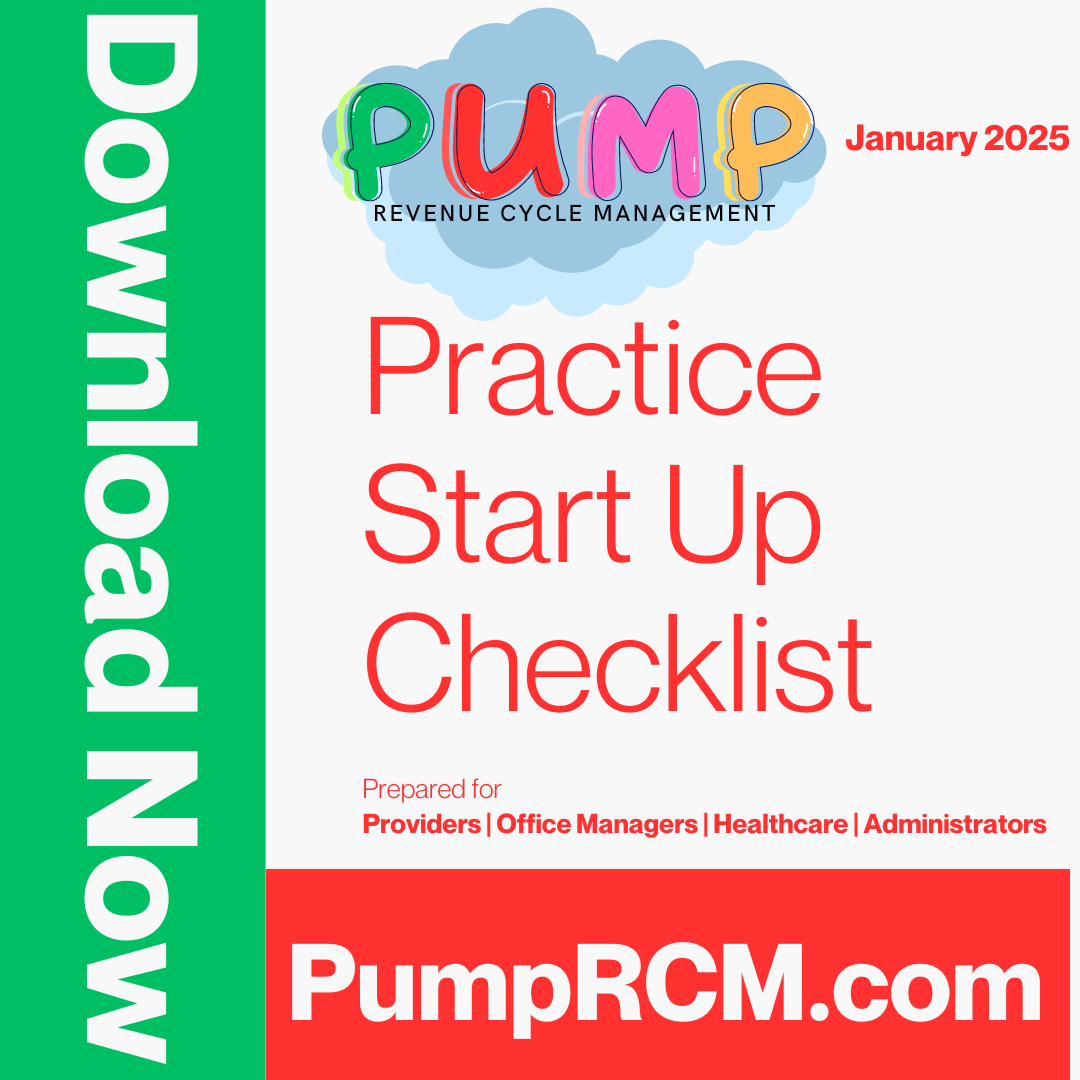How to Carry Out Healthcare RCM for a Smooth Income Cycle
Wiki Article
A Comprehensive Overview on How Healthcare RCM Works to Simplify Invoicing and Collections
Browsing the intricacies of medical care income cycle monitoring (RCM) is important for suppliers aiming to boost their billing and collections processes. The guide unpacks the ins and outs of RCM, from patient registration to accounts receivable administration, supplying understandings into enhancing each action.Understanding Profits Cycle Monitoring
RCM is a vital management function that encompasses the whole monetary process of patient treatment, from the first consultation establishing to the final repayment of the balance. It is an intricate treatment developed to recognize, accumulate, and handle the revenue from the solutions supplied to clients.The RCM procedure begins when a person routines an appointment and expands via the patient's treatment journey, including billing and collections. A vital goal is to lower the time in between supplying a service and obtaining settlement, thus improving the company's financial health. RCM involves numerous functions such as patient enrollment, insurance confirmation, fee capture, coding, claims submission, settlement uploading, and dealing with allures and rejections.
Secret Parts of RCM
In the realm of Profits Cycle Monitoring (RCM), comprehending its key elements is essential to attaining financial performance within medical care organizations. RCM is an extensive procedure that encompasses different stages, each critical to making sure reliable billing and collections. The key elements consist of person registration, insurance coverage confirmation, cost capture, coding, case submission, settlement uploading, and receivable management.

When coded, insurance claims are submitted to payers, where precision is paramount to avoid hold-ups or rejections - Healthcare RCM. Payment publishing entails recording the received repayments, which enables the settlement of accounts. Finally, receivables administration concentrates on tracking and addressing unpaid insurance claims, guaranteeing timely follow-up and resolution
Each element of RCM is interconnected, and ineffectiveness in any kind of component can interrupt the entire cycle. As a result, grasping these aspects is necessary for doctor to optimize profits and enhance their monetary health and wellness.
Techniques for Efficient Billing

Standardizing payment treatments throughout the organization is another crucial approach. Developing clear guidelines for documents, coding, and entry aids preserve uniformity and compliance with governing demands. Educating personnel frequently on these procedures guarantees every person is updated with the current modifications in billing codes and payer plans.
Accurate charge capture is crucial in protecting against profits leakage. Implementing routine audits and monitoring systems permits for the recognition and improvement of inconsistencies before they impact revenue. Additionally, keeping open click this link lines of communication with payers helps to promptly solve any disagreements or misunderstandings that may develop.

Lastly, appealing patients early in the payment procedure by supplying clear price quotes and academic materials concerning their economic duties can dramatically minimize confusion and improve payment timeliness. These approaches jointly add to a much more financially healthy and reliable invoicing system.
Enhancing Collections Processes
Provided the complexities of clinical billing and the variety of payer demands, improving the collections process involves executing calculated procedures that make certain accurate and timely repayment of solutions made. Automation devices can help in tracking claim standings, sending out prompt suggestions to individuals, and taking care of rejections extra effectively.Training staff to recognize the subtleties of insurance plan and invoicing codes is similarly crucial. This expertise encourages them to attend to payment disparities swiftly and interact effectively with clients regarding their financial responsibilities. Furthermore, transparent and clear patient communications are important. Offering comprehensive explanations of fees and using versatile layaway plan can raise patient satisfaction and punctual repayments.
Normal audits of the collections procedure must be conducted to determine locations for renovation and guarantee compliance with laws. By examining data, medical care organizations can recognize trends, prepare for prospective concerns, and adapt techniques accordingly (Healthcare RCM). Inevitably, a well-enhanced collections process not only sustains economic health and wellness but likewise adds to an extra seamless experience for people and staff alike
Optimizing Profits Streams
Structure upon the foundation of a solid collections procedure, healthcare organizations can additionally bolster their monetary security by strategically go optimizing earnings streams. This involves a multi-faceted technique, beginning with a thorough evaluation of existing earnings resources to identify inadequacies and areas for growth. Utilizing advanced data analytics devices enables companies to get understandings right into payer mix, patient demographics, and service usage patterns, enabling data-driven decisions that improve profits capture.Applying automated invoicing systems can considerably decrease you could look here errors and speed up insurance claims refining, guaranteeing that income is gathered a lot more efficiently. Moreover, enhancing payer agreements with normal negotiations can improve reimbursement prices and terms, straight impacting the bottom line. Expanding solution offerings, such as integrating telehealth or health care, can additionally bring in a more comprehensive individual base, therefore enhancing profits potential.
An additional vital part is improving client engagement and complete satisfaction, as completely satisfied patients are more most likely to stick to treatment strategies and make timely payments. Supplying flexible repayment alternatives and clear invoicing techniques can boost collections and foster individual loyalty. Healthcare RCM. By taking on these approaches, medical care companies can create an extra durable financial structure, ensuring continual growth and security in an ever-changing market landscape
Conclusion
To conclude, healthcare Income Cycle Administration (RCM) plays a vital function in maximizing invoicing and collections processes by incorporating essential parts such as individual enrollment, insurance coverage confirmation, cost capture, coding, claims entry, and receivable management. By utilizing advanced modern technology, systematizing procedures, and cultivating client involvement, health care providers can dramatically reduce claim rejections, accelerate repayment cycles, and boost capital. This extensive strategy to RCM ultimately results in boosted financial effectiveness and sustainability for health care organizations.The RCM procedure starts when a patient routines a visit and expands through the client's treatment journey, consisting of billing and collections.One more essential component is boosting patient interaction and contentment, as satisfied patients are a lot more most likely to stick to therapy strategies and make timely repayments. Using adaptable settlement alternatives and transparent billing methods can enhance collections and foster client loyalty.In verdict, medical care Earnings Cycle Monitoring (RCM) plays a critical duty in enhancing payment and collections processes by integrating crucial components such as patient registration, insurance verification, fee capture, coding, declares submission, and accounts receivable management. By using innovative modern technology, systematizing treatments, and promoting patient engagement, medical care providers can dramatically lower claim rejections, speed up settlement cycles, and boost cash money flow.
Report this wiki page